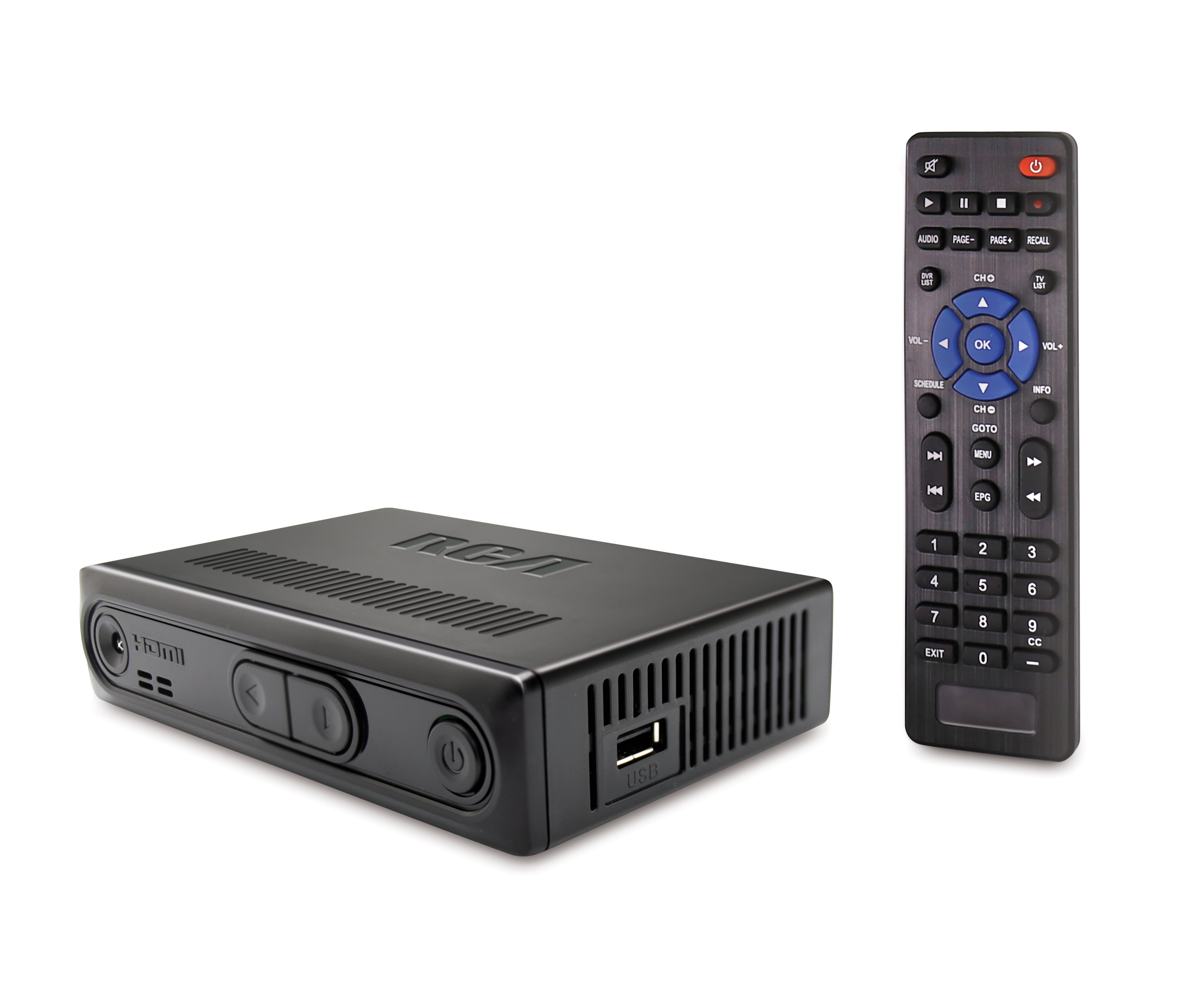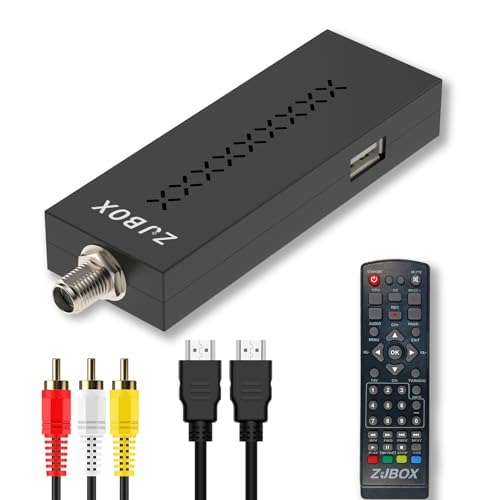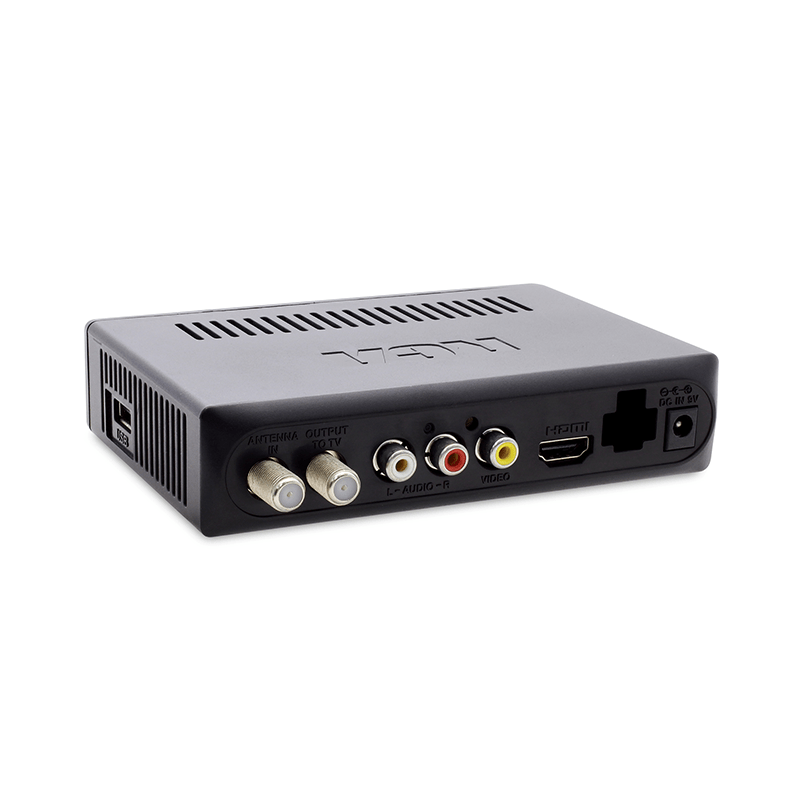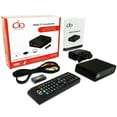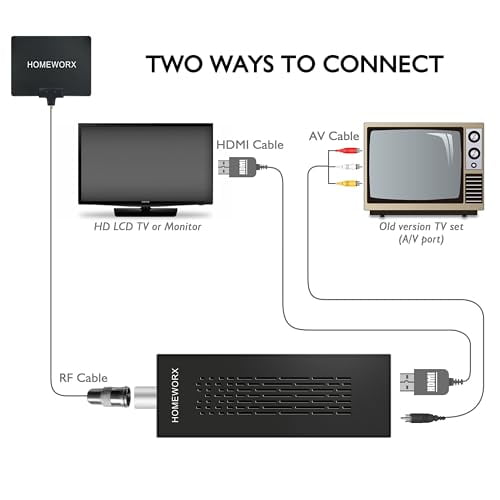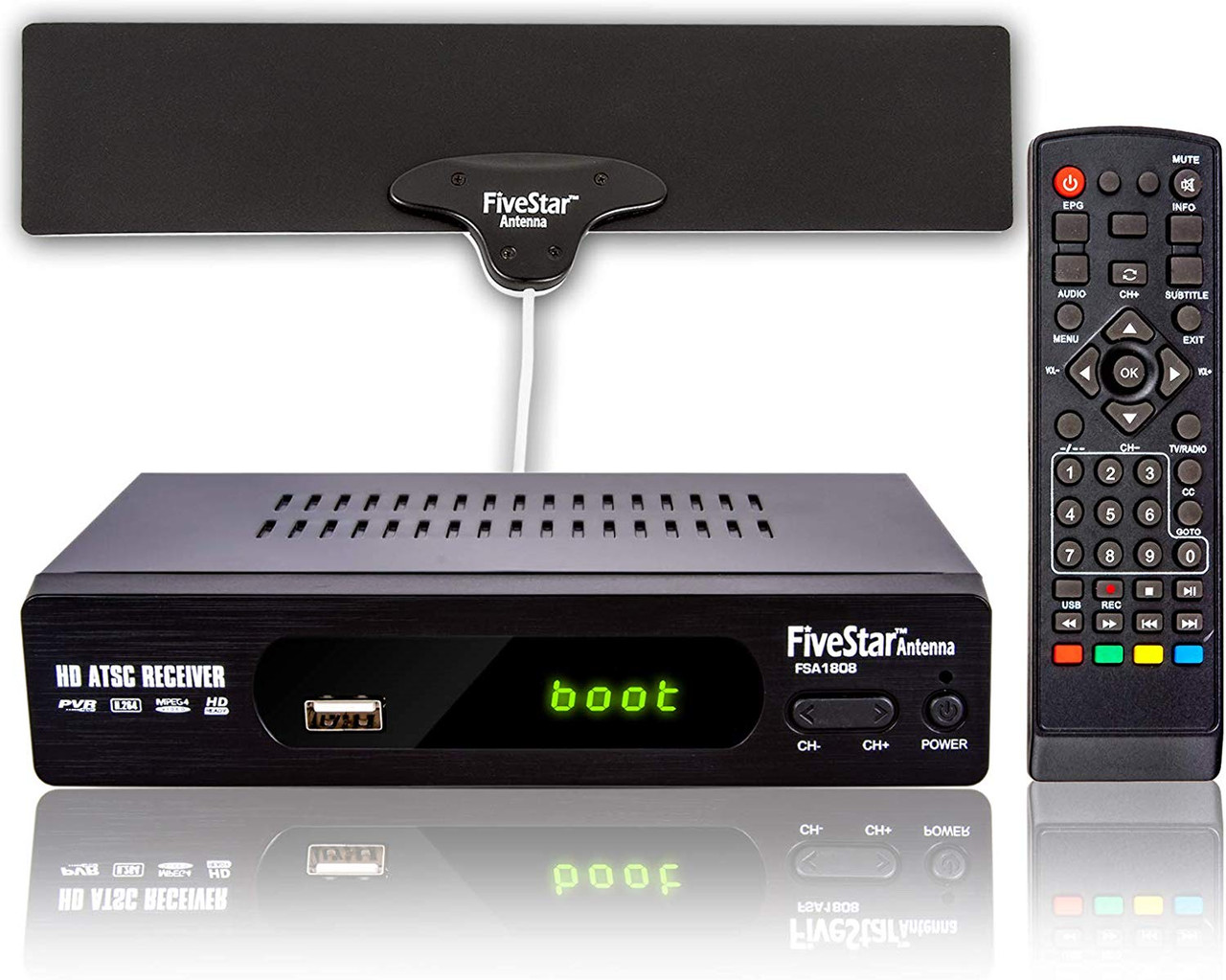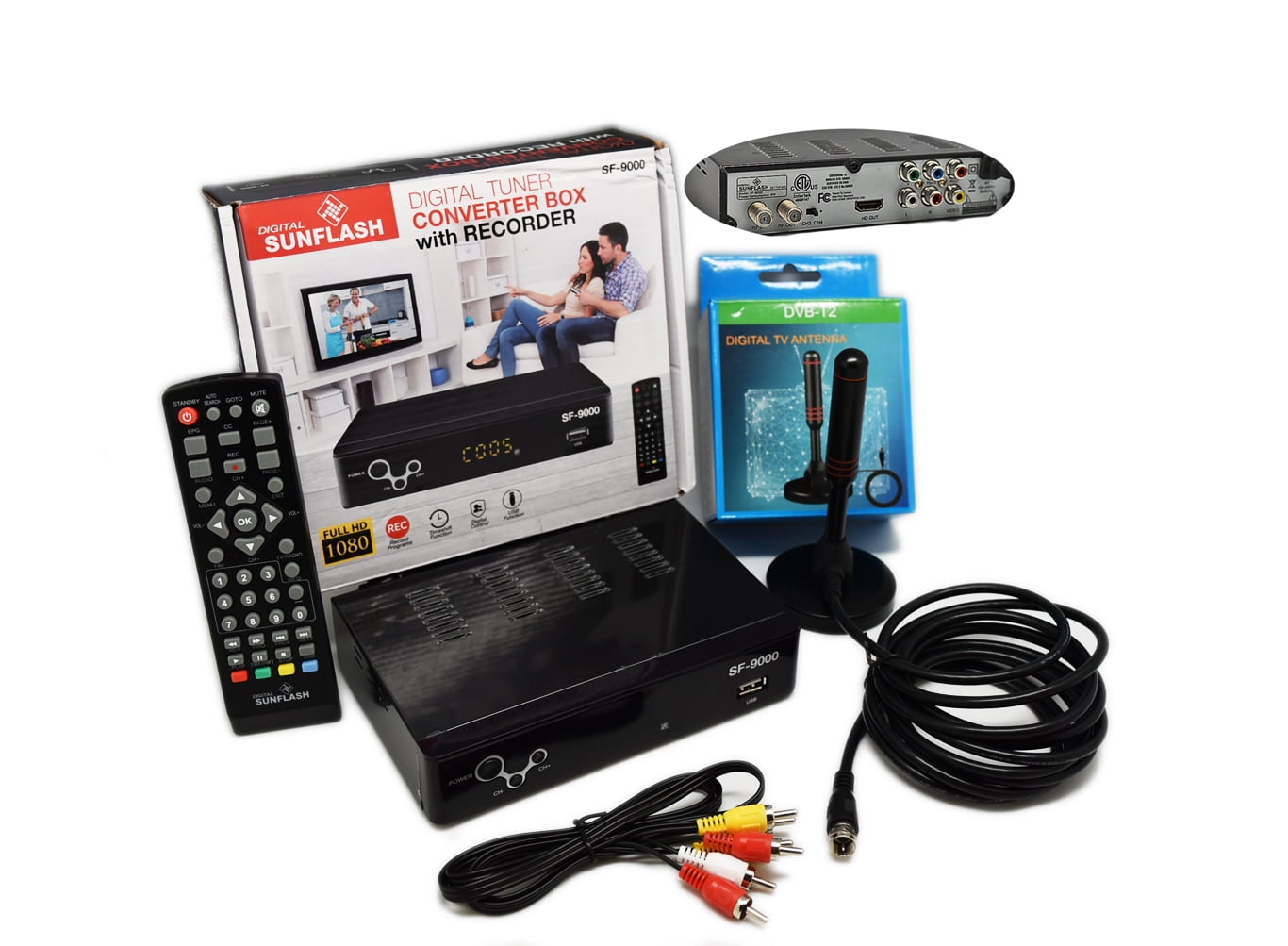What Is A Tv Converter Box

In an era dominated by streaming services and smart televisions, the concept of a TV converter box might seem like a relic of the past. However, for some individuals and communities, these devices remain relevant, serving a specific purpose related to the transition from analog to digital television broadcasting.
A TV converter box, also known as a digital-to-analog converter, is a device designed to receive digital television (DTV) signals broadcast over the air and convert them into a format compatible with older analog televisions. Understanding its function, history, and continuing relevance requires a closer examination of the technological shifts in broadcasting.
The Digital Transition and the Need for Converter Boxes
The story of the TV converter box is inextricably linked to the Digital Television Transition that occurred in many countries, including the United States, during the late 2000s and early 2010s.
For decades, television broadcasting relied on analog signals. However, digital signals offered several advantages, including higher image and sound quality, more efficient use of the broadcast spectrum, and the potential for new services.
To realize these benefits, governments mandated a switch to digital broadcasting. In the United States, the Digital Television Transition and Public Safety Act of 2005 set the official transition date for June 12, 2009. This meant that after this date, full-power television stations would no longer broadcast analog signals.
This transition presented a problem for households that relied on over-the-air television and still used older analog televisions. Without a way to receive and decode digital signals, these televisions would become obsolete. That’s where the TV converter box came in.
How a TV Converter Box Works
A TV converter box essentially acts as a translator between the digital broadcast signal and the analog television.
The box receives the digital signal through an antenna, decodes it, and then converts it into an analog signal that can be displayed on the older television screen. This is typically done through a coaxial cable connection (the same type used for cable television) or through composite video connections (the yellow, red, and white RCA cables).
Most converter boxes also included a remote control, allowing users to change channels and navigate menus. Some models offered additional features, such as the ability to display on-screen program guides.
In the United States, to ease the transition, the government offered a coupon program to help eligible households purchase converter boxes. This program, managed by the National Telecommunications and Information Administration (NTIA), provided coupons worth $40 each, which could be used to purchase eligible converter boxes.
Who Still Needs a TV Converter Box?
While the digital transition is long past, TV converter boxes still have relevance in specific situations. The primary use case is for individuals who still own and use older analog televisions to receive free over-the-air broadcasts.
This might include people who have a television in a guest room, garage, or other secondary location, and who don’t want to invest in a new digital television. It could also include individuals in remote areas where cable or internet-based television services are not readily available or affordable.
Furthermore, some antique television collectors find these boxes useful for displaying modern broadcasts on vintage sets.
It’s important to note that converter boxes are not needed if you subscribe to cable or satellite television services. These services provide their own set-top boxes that handle the digital-to-analog conversion, if necessary.
The Lingering Impact and Future Considerations
The digital television transition had a significant impact on the broadcasting industry and on consumers. While the initial transition period presented challenges, the move to digital broadcasting ultimately led to improvements in picture and sound quality, and opened the door to new technological advancements.
The TV converter box, although a temporary solution, played a crucial role in ensuring that millions of people were not left without access to television during the transition. The government coupon program, despite some initial logistical challenges, helped to make the transition more affordable for low-income households.
As technology continues to evolve, and as analog televisions become increasingly rare, the demand for TV converter boxes will likely continue to decline. However, for those who still rely on them, these devices provide a vital link to over-the-air broadcasting.
A Human Perspective
Consider Maria Rodriguez, a retiree living in a rural area. She relies on her old analog TV to watch local news and weather updates. Without a converter box, she wouldn't be able to access these crucial sources of information, highlighting the ongoing importance of these devices for certain segments of the population.
Even in today’s tech-saturated world, the simple utility of a TV converter box offers a connection to information and entertainment for those who might otherwise be left behind.
The story of the TV converter box is a reminder that technological progress must be inclusive, and that solutions should be available to bridge the gap between old and new technologies, ensuring that everyone can participate in the benefits of a connected world.



